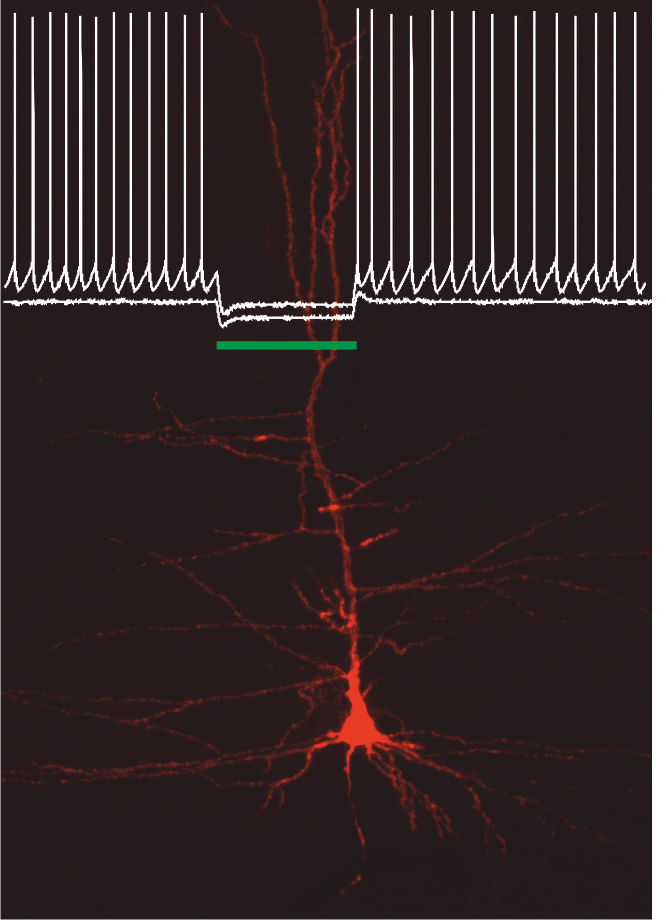
Research groups
Colleges
Websites
- Loop Profile
- Google Scholar
- ResearchGate
-
Research Grant
RNID
-
LOOPS Conference
Invited speaker, June 8-10 2022, Berlin, Germany
 ©
Many thanks to Fernando R Nodal, Ed Mann, Fernando Garcia-Moreno, Antonia Langfelder, Pantelis Antonoudiou, and Louise Upton.
©
Many thanks to Fernando R Nodal, Ed Mann, Fernando Garcia-Moreno, Antonia Langfelder, Pantelis Antonoudiou, and Louise Upton.
Victoria Bajo Lorenzana
Associate Professor of Neuroscience
- University Research Lecturer
I am an MD/PhD from the University of Salamanca and came to Oxford as a postdoctoral fellow on a European Union Marie-Curie program fellowship in 2000. My research focuses on understanding the neural circuits and mechanisms supporting auditory attention, complex stimulus representation and its modification based on experience.
I was awarded University Research Lecturer status by Oxford’s Medical Sciences Division in 2009 and I am Lecturer in Neuroscience at Balliol College.
Sensory perception and learning-induced plasticity rely on the normal function of the cerebral cortex, although the specific circuits involved are still a matter of debate. Certain perceptual changes are mediated by the corticofugal top-down connections that dynamically re-shape sensory signals according to experience. My work on how the descending pathways mediate learning-induced auditory plasticity (Bajo et al. Nature Neurosci 13:253-60, 2010) provided the first behavioural evidence for the function of a specific corticofugal pathway in auditory plasticity. My recent study published in the Journal of Neuroscience (Leach et al., 2013) provides a fundamental piece of information regarding the role of cholinergic neuromodulation in auditory perception and plasticity.
The neural circuits responsible for auditory plasticity in the adult brain are likely to be involved in the generation of tinnitus or ‘ringing in the ears’, a phantom auditory perception occurring without any external stimulus. This is a prevalent condition with no single cure; while its severity varies substantially, tinnitus affects the normal living activities of 1-3% of the general population, producing anxiety, irritability, disturbed sleep patterns and depression. Most but not all cases of chronic tinnitus are associated with hearing loss, which typically occurs as part of the ageing process or as a result of acoustic trauma in younger individuals.
One of my interests is to identify and be able to manipulate those neural circuits in the adult brain that contribute to tinnitus. Using optogenetic methods for manipulating brain activity I am exploring the changes that take place within the auditory cortex when tinnitus is experienced, in order to find out whether those changes can be reversed, potentially alleviating this condition.
7th International Conference on Auditory Cortex

Key publications
-
The cholinergic basal forebrain in the ferret and its inputs to the auditory cortex.
Journal article
Bajo VM. et al, (2014), Eur J Neurosci, 40, 2922 - 2940
-
Cortical cholinergic input is required for normal auditory perception and experience-dependent plasticity in adult ferrets.
Journal article
Leach ND. et al, (2013), J Neurosci, 33, 6659 - 6671
-
The descending corticocollicular pathway mediates learning-induced auditory plasticity.
Journal article
Bajo VM. et al, (2010), Nat Neurosci, 13, 253 - 260
-
The ferret auditory cortex: descending projections to the inferior colliculus.
Journal article
Bajo VM. et al, (2007), Cereb Cortex, 17, 475 - 491
Recent publications
-
Optimization of the Operant Silent Gap-in-Noise Detection Paradigm in Humans.
Journal article
Negri L. et al, (2024), J Integr Neurosci, 23
-
Neural processing in the primary auditory cortex following cholinergic lesions of the basal forebrain in ferrets
Journal article
RODRIGUEZ NODAL F. et al, (2024), Hearing Research
-
Persistence and generalization of adaptive changes in auditory localization behavior following unilateral conductive hearing loss.
Journal article
Sanchez Jimenez A. et al, (2023), Front Neurosci, 17
-
Subcortical Circuits Mediate Communication Between Primary Sensory Cortical Areas in Mice
Journal article
KING A. et al, (2021), Nature Communications
-
When and How Does the Auditory Cortex Influence Subcortical Auditory Structures? New Insights About the Roles of Descending Cortical Projections.
Journal article
Souffi S. et al, (2021), Front Neurosci, 15



